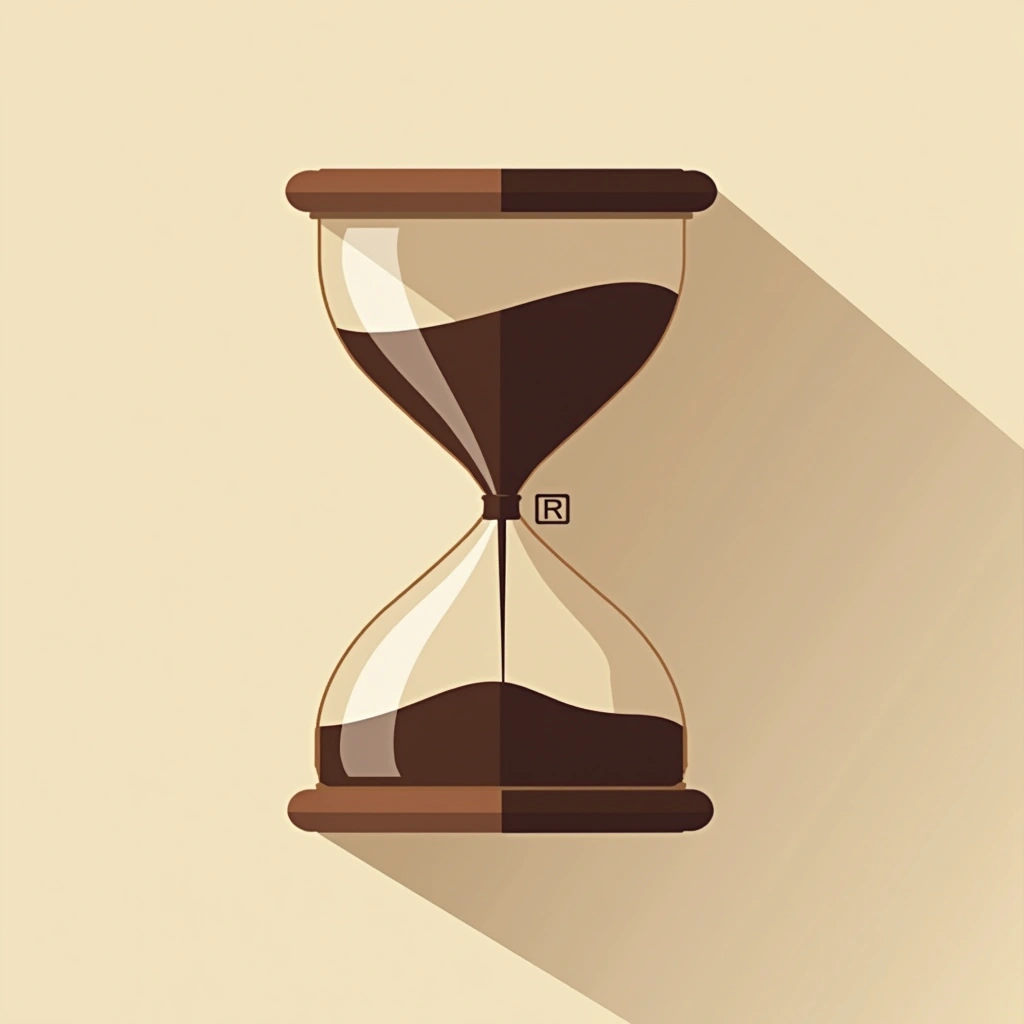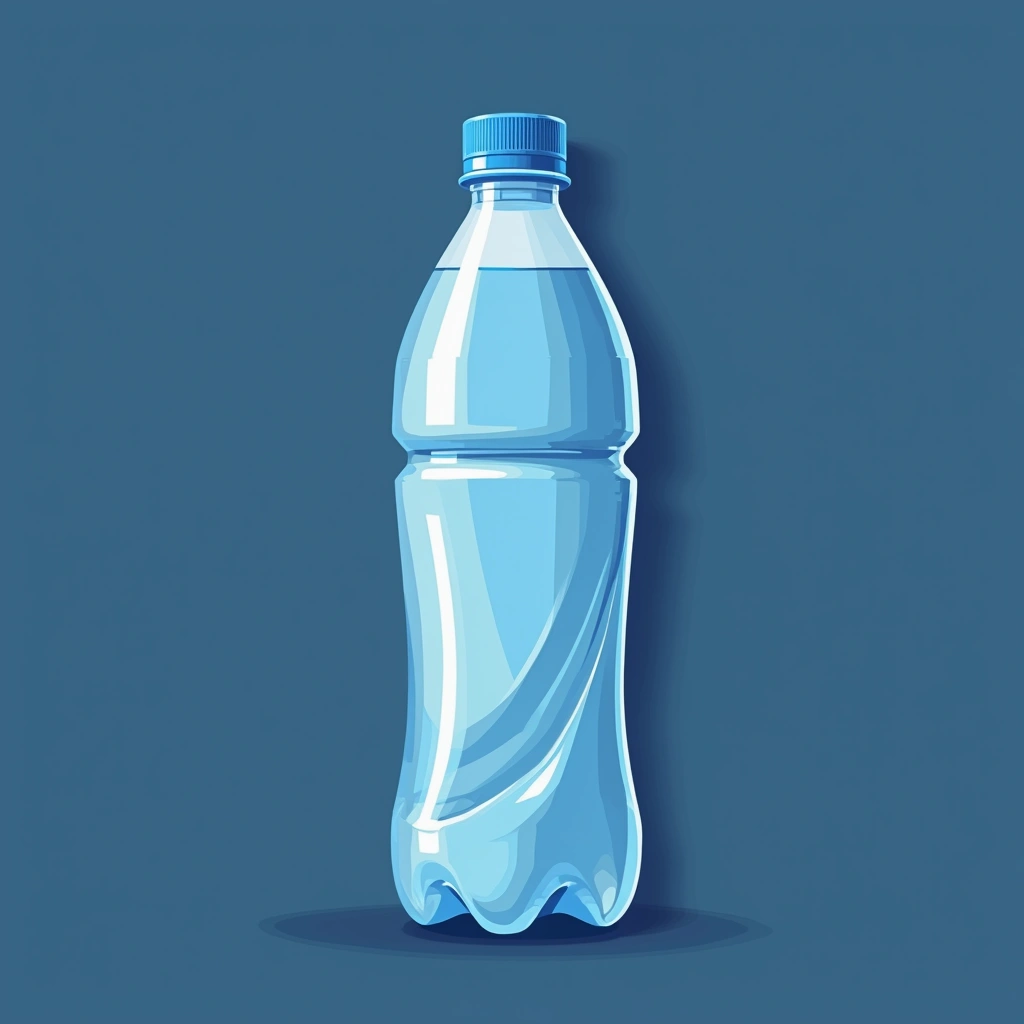Andrew Huberman Habits - Science-Backed Daily Routine
Andrew Huberman's Daily Habits for Optimal Performance
Andrew Huberman, a renowned neuroscientist, advocates for a daily routine deeply rooted in scientific principles to enhance both mental and physical well-being. His approach prioritizes the optimization of neurobiological systems to unlock peak performance and sustained health. By focusing on elements like circadian rhythm alignment, strategic nutrition, and stress management techniques, Huberman's habits offer a blueprint for a more productive and balanced life.
- Circadian Rhythm Optimization
- Strategic Caffeine and Nutrition Timing
- Non-Sleep Deep Rest for Recovery
- Controlled Stress Exposure for Resilience
- Neuroscience-Based Habit Formation
Embrace a science-backed approach to daily living and unlock your potential through Andrew Huberman's meticulously designed habits.
Filter Habits
 Andrew Huberman's Habit Sets
Andrew Huberman's Habit Sets

Morning sunlight exposure
Get 2-10 minutes of sunlight within 30-60 minutes of waking to regulate circadian rhythm, enhance alertness, and improve sleep quality. Opt for direct sunlight or artificial light if necessary.
Why This Matters
Andrew Huberman prioritizes morning sunlight to anchor his circadian clock, boost dopamine production, and reduce cortisol spikes. This aligns with his focus on optimizing neurobiology for peak daily performance.

Delayed caffeine intake
Wait 90-120 minutes after waking before consuming caffeine to avoid adenosine interference and prevent afternoon energy crashes. Prioritize hydration first.
Why This Matters
Huberman delays caffeine to allow natural cortisol rhythms to peak, enhancing long-term energy regulation. This supports sustained focus during morning deep work sessions.

Yoga Nidra recovery
Practice 10-30 minutes of non-sleep deep rest (NSDR) post-lunch to replenish dopamine and enhance neuroplasticity. Use guided sessions for structured practice.
Why This Matters
Huberman uses Yoga Nidra to counter sleep debt and accelerate learning consolidation. This complements his high-intensity work and training schedule.

Cold plunge protocol
Immerse in 45°F water for 1-3 minutes weekly for metabolic boost and resilience training. Focus on controlled breathing to override cold shock response.
Why This Matters
Huberman incorporates cold exposure to enhance brown fat activation and mental toughness. This aligns with his research on stress inoculation strategies.

Phase-based habit stacking
Organize habits into three daily phases (0-8h, 9-15h, 16-24h post-waking) based on neurochemical states. Schedule demanding tasks in Phase 1 when dopamine peaks.
Why This Matters
Huberman uses this neuroscience-backed system to reduce limbic friction. It leverages natural energy fluctuations for optimal habit adherence.

Electrolyte morning hydration
Consume LMNT electrolyte mix or salt water immediately after waking to optimize neural function. Add lemon for improved mineral absorption.
Why This Matters
Huberman prioritizes sodium/potassium balance to support neuron firing capacity, crucial for morning cognitive performance.

Structured workout split
Follow a 6-day training split: endurance (Sun), legs (Mon), heat/cold cycling (Tue), push/pull (Wed), cardio bursts (Thu), HIIT (Fri). Avoid traditional squats/deadlifts.
Why This Matters
Huberman's regimen maximizes hormonal response and recovery while minimizing injury risk. It reflects his focus on sustainable hypertrophy.

Fasted morning work
Complete 90-minute focused work sessions before first meal to leverage elevated norepinephrine levels. Combine with caffeine delay for maximal effect.
Why This Matters
Huberman capitalizes on morning fasted state for enhanced cognitive clarity, aligning with his research on catecholamines and focus.

Evening carb-loading
Consume starchy carbohydrates 3-4 hours before bed to enhance tryptophan uptake and melatonin production. Avoid heavy proteins for faster gastric clearance.
Why This Matters
Huberman uses this to improve sleep latency and quality, supporting his research on serotonin pathways and glycogen replenishment.

Limbic friction management
Identify and pre-plan solutions for high-resistance habits. Use implementation intentions like 'If X happens, I'll do Y' to bypass resistance.
Why This Matters
Huberman developed this concept to address individual variability in habit formation difficulty, central to his habit formation protocols.

Supplement sleep stack
Take 200mg magnesium bisglycinate, 50mg apigenin, and 100-400mg L-theanine 30 minutes before bed to enhance sleep depth and REM cycles.
Why This Matters
Huberman's formula targets GABA pathways and magnesium-dependent enzymes to counteract age-related sleep quality decline.

Evening light hygiene
Dim lights after 10 PM and avoid overhead lighting. Use candlelight or red bulbs to maintain melatonin production and circadian alignment.
Why This Matters
Huberman implements this to prevent photic disruption of circadian entrainment, crucial for his 5:30 AM natural wake time.

Task bracketing
Group similar habits into fixed time blocks using basal ganglia neural circuits. Example: batch all phone calls or email responses together.
Why This Matters
Huberman leverages this neuroscience principle to reduce cognitive load and increase habit automaticity through contextual repetition.

AG1 morning nutrition
Consume Athletic Greens AG1 supplement with water and lemon juice to cover micronutrient baselines. Avoids heavy breakfast for fasting benefits.
Why This Matters
Huberman prioritizes this for efficient micronutrient intake without caloric load, supporting his intermittent fasting protocol.

21-day habit trials
Commit to new habits for 21 consecutive days with 85%+ consistency. Track automaticity through reduced mental effort over time.
Why This Matters
Huberman uses this threshold period based on synaptic plasticity research showing myelination of new neural pathways.

Evening optic flow
Take 10-minute sunset walks without digital devices to stimulate parasympathetic nervous system via panoramic vision.
Why This Matters
Huberman incorporates this to transition into rest state and reinforce circadian timing through retinal melanopsin activation.

Decisional off-ramps
Pre-plan escape routes for unwanted habits. Example: Do 10 pushups immediately after smoking to disrupt habit loops.
Why This Matters
Huberman recommends this counterintuitive approach to create competing neural pathways and reduce habit automaticity.

Heat adaptation training
Perform 20-minute sauna sessions followed by 5-minute cold plunges, repeated 5x weekly. Maintain core temp below 103°F for safety.
Why This Matters
Huberman uses this protocol to upregulate heat shock proteins and improve cardiovascular resilience through hormetic stress.

Neck training
Incorporate neck flexion/extension exercises 2x weekly using resistance bands or manual pressure. Prioritize controlled movements.
Why This Matters
Huberman includes this to prevent tech neck and reduce injury risk during compound lifts, based on cervical spine research.
Journaling wake times
Record exact wake-up time daily to track sleep patterns and circadian drift. Use simple notes without detailed sleep metrics.
Why This Matters
Huberman uses this low-effort method to maintain circadian awareness and adjust light exposure timing as needed.
Key Takeaways for Implementing Huberman's Habits
Adopting Huberman's habits can seem daunting, but focusing on key principles makes implementation manageable. Here are actionable takeaways to integrate into your daily life for noticeable improvements.
- Prioritize Morning Sunlight: Kickstart your circadian rhythm and boost alertness by getting sunlight exposure within the first hour of waking. This simple act is foundational for regulating your sleep-wake cycle and overall energy levels.
- Strategically Delay Caffeine: Resist the urge for immediate caffeine. Waiting 90-120 minutes after waking allows your natural cortisol to peak, preventing energy crashes and promoting sustained focus throughout the morning.
- Incorporate Non-Sleep Deep Rest (NSDR): Utilize Yoga Nidra or similar NSDR techniques post-lunch to combat afternoon dips and enhance cognitive restoration. This practice is crucial for dopamine replenishment and improved neuroplasticity.
- Leverage Phase-Based Habit Stacking: Organize your day into phases aligned with your natural energy fluctuations. Schedule demanding tasks during peak dopamine hours and optimize habit adherence through neurochemical alignment.
- Manage Limbic Friction Proactively: Identify potential roadblocks to new habits and pre-plan solutions. Employ implementation intentions to navigate resistance and foster consistent habit formation.
Start small, be consistent, and experiment with these science-backed habits to unlock a more optimized and high-performing version of yourself.
